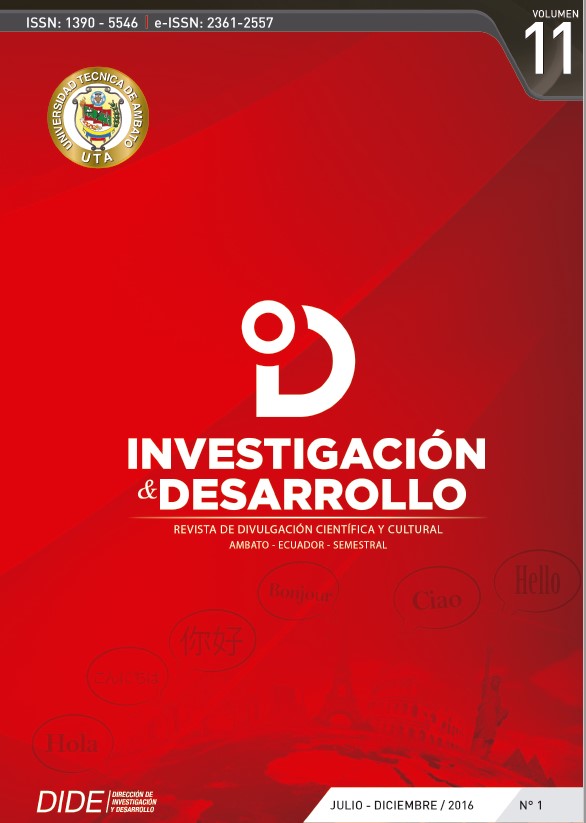PLANNING LESSONS FOR CRITICAL THINKING: A WAY TO IMPROVE LEARNING OUTCOMES IN THE ENGLISH AS A FOREIGN LANGUAGE CLASSROOM
Main Article Content
Abstract
Encouraging critical thinking (CT) in the EFL classroom is something that every professional in the educational field should be responsible for. The aim of this paper was to make an analysis of different studies on the topic. The methodology used was based on a descriptive study through the analysis of several primary sources such as research papers on the topic that have been published in scientific journals, books, records of or- ganizations, among others. These sources lead to the identification of important elements in a lesson plan for critical thinking: elements of thought, intellectual standards and intellectual traits. Writing good learning objectives is just as important as selecting effective activities and determining ideal assessments to facilitate that teachers and students perceive what is to be achieved in the class and how. Aligning the tenets of critical thin- king when planning a lesson promotes real learning in our students through the achievement of effective learning outcomes. In conclusion, critical thinking skills need to be developed on a daily basis rather than as a part of isolated lessons that uncommonly take place.
Downloads
Article Details

This work is licensed under a Creative Commons Attribution 4.0 International License.


